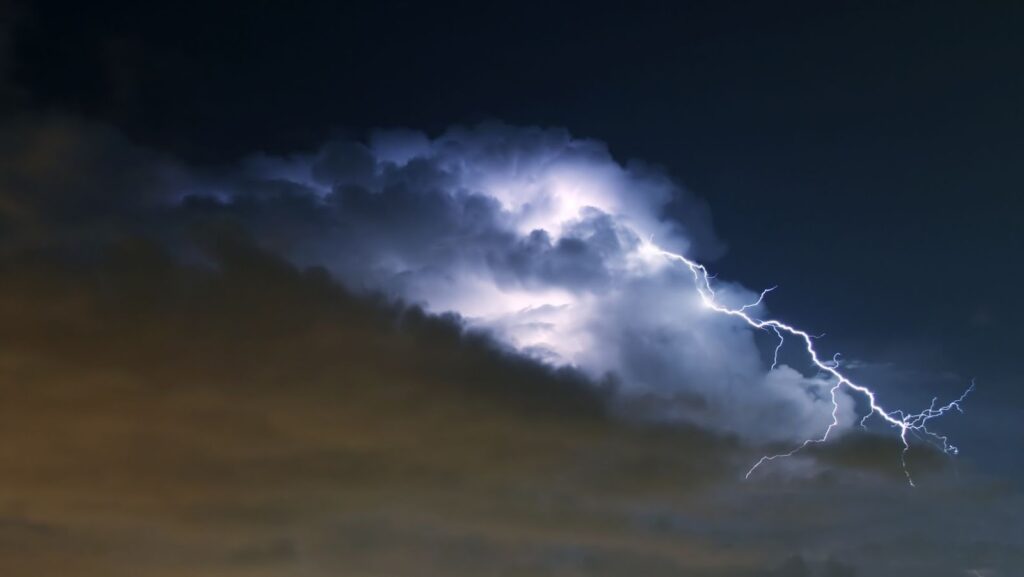The science of turbulence is a branch of fluid dynamics that studies the properties of turbulent flow—the type of flow characterized by chaotic, unpredictable changes in speed and direction. Turbulent flow is commonly observed in nature, including in the atmosphere and oceans, but it can also occur within man-made structures such as pipes and channels.
One of the key characteristics of turbulent flow is that it can be both laminar and turbulent at the same time. There are several factors that affect the transition from laminar to turbulent flow, such as density, viscosity, the rate of shear and the size of the flow. Understanding turbulent flow can help engineers and scientists better understand how to control it for a variety of applications, such as improving transportation systems or designing more efficient turbines.
what does turbulence feel like
Turbulence can feel like a lot of things depending on the intensity. For example, light turbulence might feel like you are going over a bump in the road, while severe turbulence can feel like you are free-falling. In either case, it is important to remain calm and follow the instructions of the flight crew. If you are experiencing turbulence and are concerned about your safety, contact the flight crew immediately. In most cases, they will be able to safely guide you through even the most turbulent conditions.
Turbulence is a complex phenomenon that is still not fully understood by scientists and engineers. However, its impact on transportation systems and other areas has made it a subject of intense study. As our understanding of turbulence improves, we will be better able to control it and use it to our advantage.
How can I avoid turbulence when flying
There is no guaranteed way to avoid all turbulence when flying, but there are some things you can do to minimize your chances of encountering it. First, try to avoid flying during stormy weather. If you must fly in these conditions, choose an airline that has a good safety record and is experienced in flying in turbulent conditions. Secondly, select a seat near the front of the plane, as this will typically be less affected by turbulence than seats further back. Finally, try to relax and stay calm if you do encounter turbulence. This will help you remain focused and make the best decisions during difficult conditions. By following these tips, you can reduce your risk of encountering turbulence when flying and stay safe during even the roughest flights.
The different types of turbulence
There are three main types of turbulence: clear-air turbulence, mechanical turbulence, and thermal turbulence. Clear-air turbulence is the most common type of turbulence and is caused by wind shear. Mechanical turbulence is caused by objects in the air, such as birds or other aircraft. Thermal turbulence is caused by differences in temperature, such as those found in a thunderstorm. All three types of turbulence can be dangerous, but clear-air turbulence is typically the most dangerous because it is often not detectable by radar. Mechanical and thermal turbulence can usually be seen on radar, so pilots can avoid these areas if possible.
What causes turbulence
Turbulence is caused by a number of different things, including wind shear, changes in air pressure, variations in temperature, and wake turbulence created by other aircraft. It can also be caused by weather conditions such as storms or strong winds. By understanding the different factors that contribute to turbulence, we can better predict when it might occur and take steps to avoid it or minimize its impact. Thanks to advanced weather forecasting and aircraft tracking technologies, we are now better equipped than ever before to avoid turbulence and keep passengers safe.


More Stories
Things to do in Philadelphia
Miramar Moving Company: Your Trusted Partner for Stress-Free Relocations
The real life of a Norwegian family